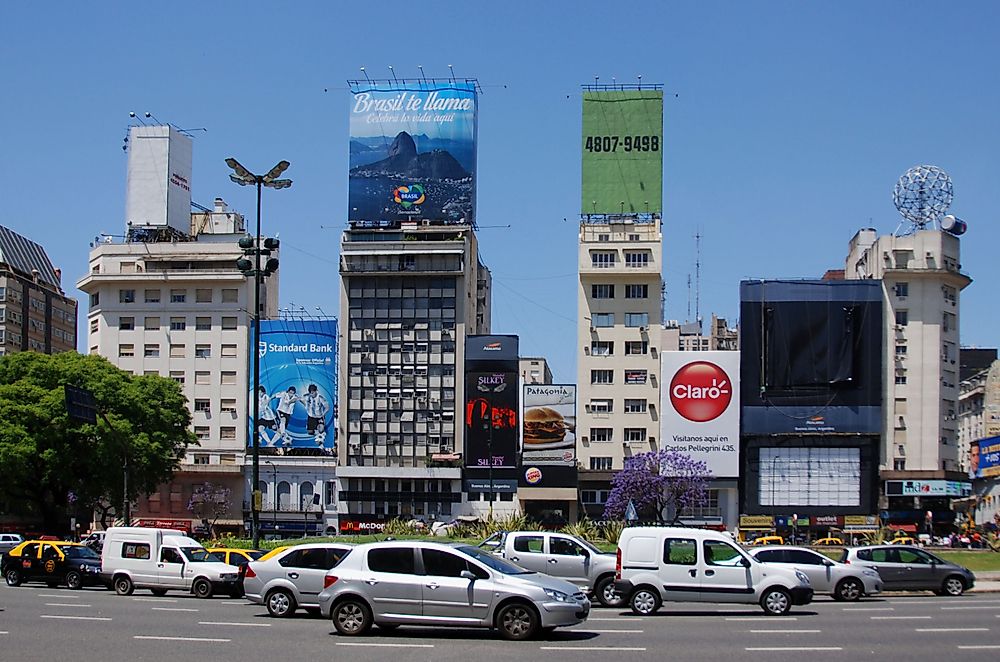How Did Argentina Get Its Name?

Argentina is an independent state found in South America with most of its border being shared with Chile. Other countries bordering Argentina include Uruguay, Brazil, Paraguay, and Bolivia. The country spans an area of 1.07 million square miles, making it the fourth largest state in the South Americas and the world’s 8th largest. The country occupies an area larger than the combined areas of the two states of Texas and Mexico in the US. The Spanish colonized the country for about 300 years and gained its independence in 1816.
Origin Of The Name Argentina
Argentina is a name in the Spanish language, and it originates in the Italian language which means silver-colored or made of silver. It is believed it could have been borrowed from the old French word Argentine which has the same meaning as silver colored. The name Argentina was perhaps coined by Genoese and Venetian navigators like Giovanni Caboto. In Portuguese and Spanish languages the word for silver is prata and plata respectively, while the word which translates to “made of silver” is prateado and plateado in the two languages. The name Argentina is thought to have been first linked to silver mountains legend which was common among the earliest explorers from Europe to La Plata region. The first time the written name of Argentina was in a poem La Argentina in 1602, which was written by Martin Del Barco Centenera in Spanish, which described the region. In the eighteenth century, the country was officially known as the viceroyalty of the Rio De La Plata during the Spanish rule of the region, and after independence, the country was known as the United Provinces of Rio de la Plata, although at this time the name Argentina was already in common use. The Constitution of 1826 in the country used the name Argentine Republic for the first time in legal documents. Similarly, Argentine confederation was a common name, and its use was made official in the 1853 constitution. The presidential decree in 1860 named the country as the Argentine Republic. In the mid-20th century the Argentine fell out of fashion, and the country is now known as Argentina.
Origin Of The Name Rio de La Plata
Rio de la Plata is an important river that forms part of the boundary between Uruguay and Argentina. The name of the river is also believed to be the origin of the name Argentina which dates to the 16th century during the period of the Portuguese and the Spanish Conquest of South America. It is believed that a Spanish conquistador in early 1500 heard tales of a white king who ruled the country that was rich with silver. The country is believed to be the present-day area of Bolivia, and the conquistadors whose name was Aleixio Garcia sailed to the country to claim the riches, but the tribesmen subsequently murdered him in the present-day border of Paraguay and Brazil. Some of his men returned with a story of a great river that led to the land full of silver. This is believed to be the origin of the name Rio De La Plata which translates to "river of silver."
Administrative Regions Of Argentina
Argentina has 23 provinces, and Buenos Aires city is the only the autonomous region. The provinces are further subdivided into departments and municipalities for administrative purposes, and the province of Buenos Aires is only divided into partidos and communes. The provinces are autonomous and have their constitutions, and they are free to manage their local government, including financial and natural resources. Some of the provinces have a unicameral government while others have bicameral legislatures.







